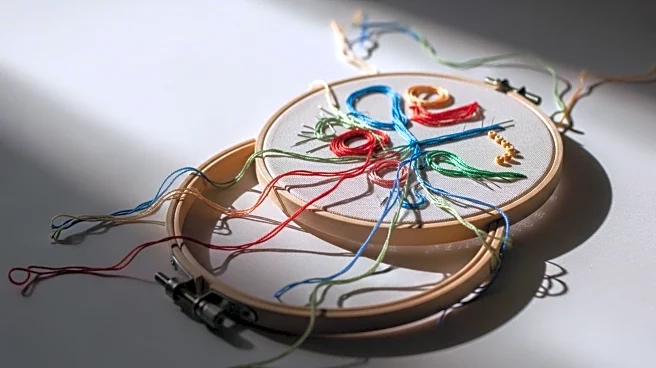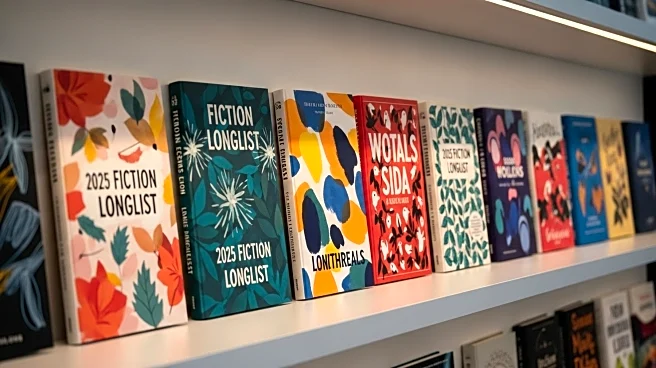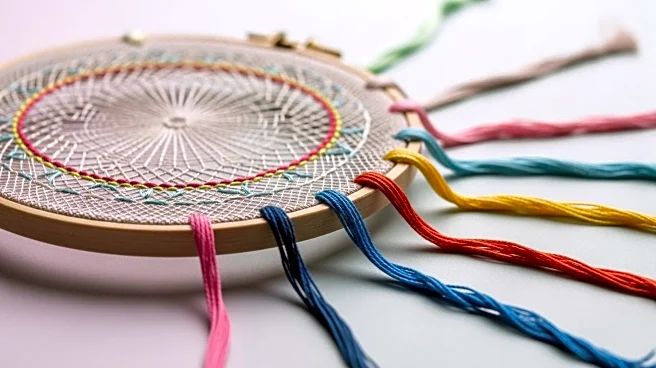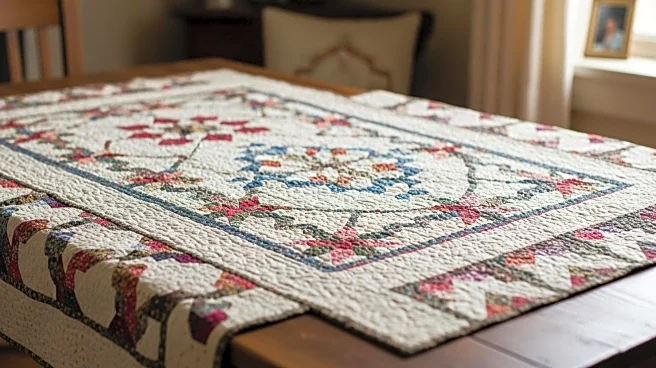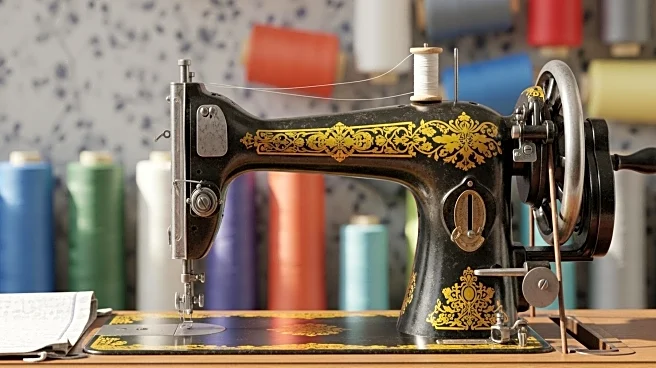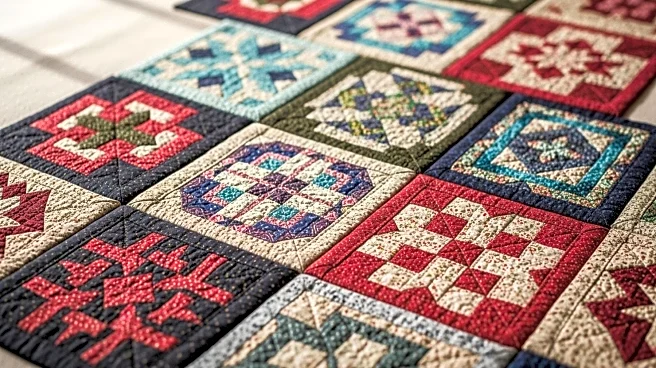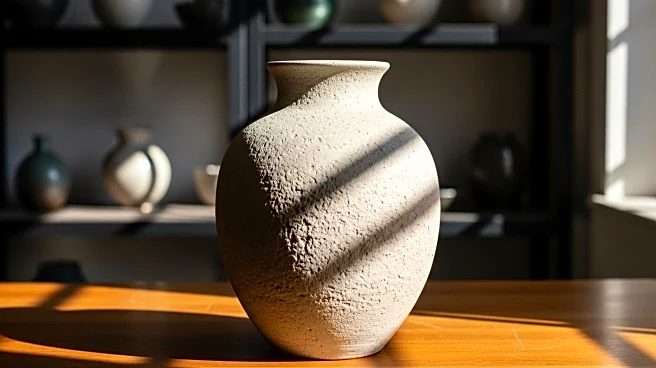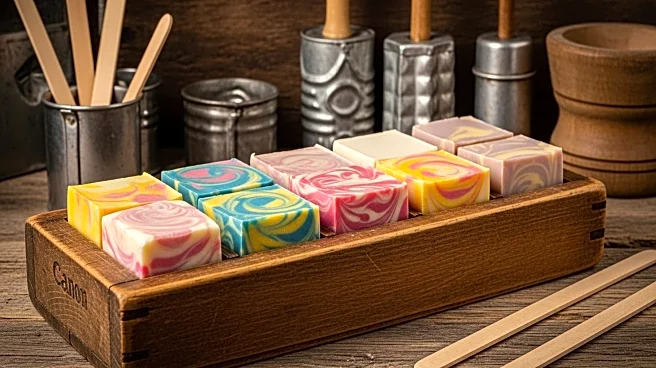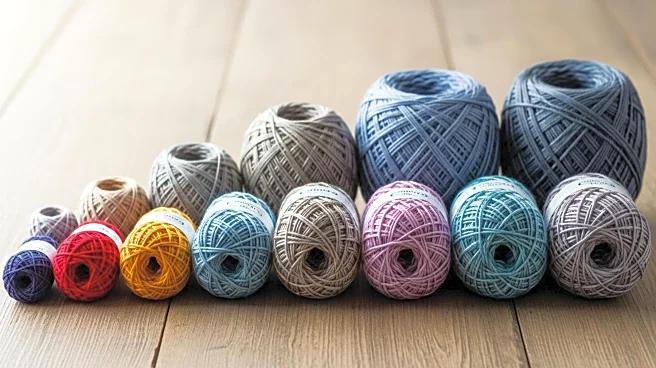What is the story about?
Embroidery is a timeless craft that has evolved through centuries, adapting to cultural and material changes. The creation of embroidery involves a variety of stitches, each contributing to the overall design. The craft's history is rich with techniques and styles that reflect the cultural heritage of different regions.
Founding or Discovery
Embroidery has been practiced for centuries, with its origins tracing back to ancient civilizations. The craft developed as a means of decorating fabric, using needle and thread to create intricate designs. Over time, embroidery techniques spread across cultures, each adding unique elements to the craft.Key Contributors
Throughout history, various cultures have contributed to the development of embroidery. English embroidery, for example, evolved significantly during the 16th century, with samplers serving as important references for stitch patterns. These samplers were highly valued and often passed down through generations.Design or Method
Embroidery involves a range of stitches, categorized into families based on the technique used. Common stitches include running stitch, cross stitch, stem stitch, back stitch, satin stitch, chain stitch, and blanket stitch. The design process involves combining these stitches to create complex patterns.Early Reception
Embroidery has been appreciated for its decorative qualities and cultural significance. In English embroidery, designs transitioned from allover patterns to individual motifs, reflecting changes in material availability and aesthetic preferences.AI Generated Content
Do you find this article useful?
